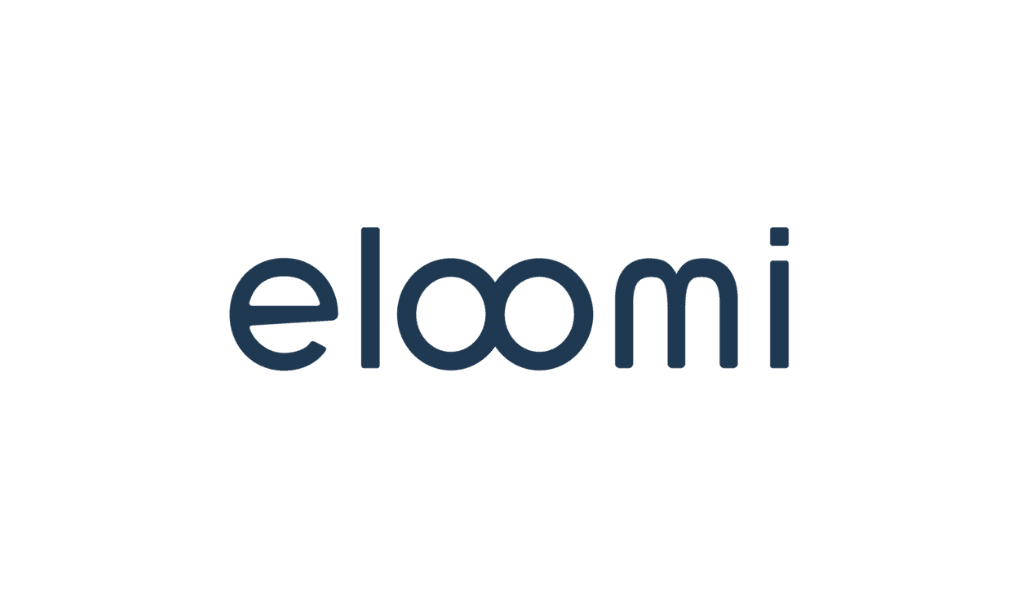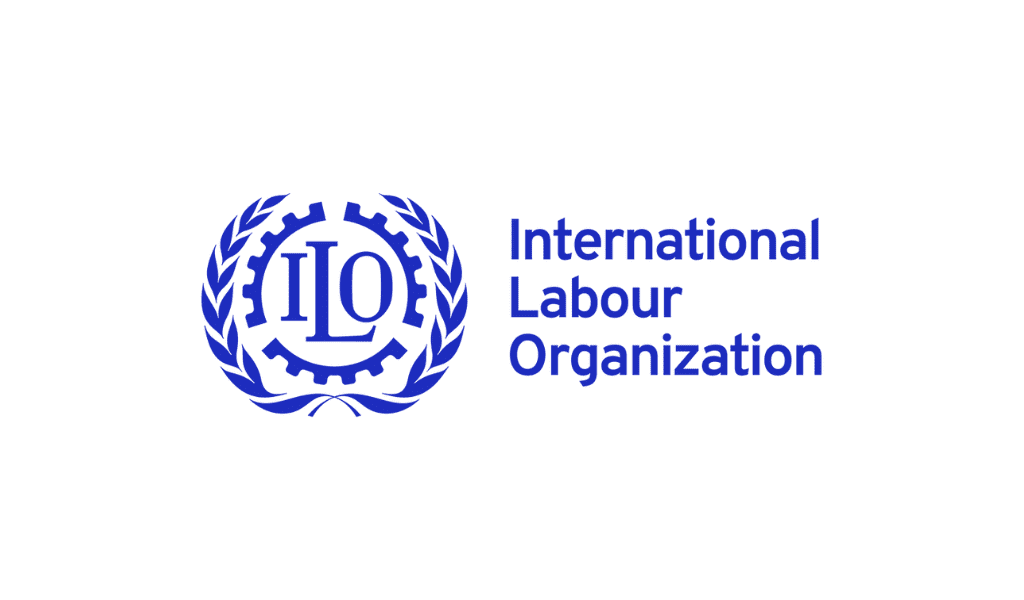Five steps organisations should consider to ease expansion.
By Kristina Lengyel
Today, many companies are contemplating globalisation in order to grow revenues and increase bottom-line profitability. The idea of going global makes sense, especially considering that the world’s emerging economies represent a very real and immediate opportunity to reach new consumers -an Accenture report says these markets will represent more than 65 per cent of global GDP by 2030 -and more efficiently run various aspects of operations, such as manufacturing.
It can be tempting to rush to establish outposts in new markets -something many organisations have done over the years -but even under the best circumstances, globalisation adds multiple layers of complexity when running a business and building a highly engaged workforce. Risk, in particular, tends to increase. What best practices should an organisation follow when it aspires to span multiple regions, countries, and cultures? How can it effectively manage a global workforce? And most importantly, how can this be achieved in a way that leads to smarter decisions and better business outcomes?
Organisations contemplating strategic global expansion – or those which already have a global footprint but are seeking to implement organisational improvements -must ask five important questions to develop a plan for success.
1. Is there a global business process plan in place? This question is helpful in evaluating where organisations presently stand, and if the answer is no, where they need to go to make sure they are headed in the right direction.
Having a global business process is important because it provides detailed visibility into key workforce management processes as well as the roles employees play in supporting them. In turn, this can drive consistency, repeatability, and efficiency across global business units.
Why is this so important? Take time and attendance and payroll in Europe as one example. The free labour movement within the European Union means employees may work in multiple countries, or managers may have to oversee staff in locations that are geographically close but on opposite sides of a national border. Inconsistent processes create uncertainty, which in turn increases compliance risk for everyone involved.
Standardising employees’ roles and the overall process helps to make sure managers all have the same time management responsibilities. Additionally, risk is mitigated when all the steps related to collecting employees’ time, resolving exceptions, approving timecards, and signing off on payroll hours are exactly the same -regardless of where they take place.
2. Are systems configured correctly and consistently? It’s critical to standardise foundational configuration elements in workforce management solutions and other systems. This can include everything from system settings, naming conventions, and labour levels to working types, rounding rules and standards, and pay codes.
There is a myriad of challenging compliance regulations global organisations must contend with. A few examples include the National Living Wage requirements in the U.K.; the European Working Time Directives; Occupational Health and Safety workplace laws in Australia; or the Factories Act in India. Proper global configuration creates a baseline that allows for system flexibility to meet these requirements whilst maintaining consistency, regardless or the rule or jurisdiction imposed by local agencies.
A consistent configuration further supports global system implementation by accelerating deployments in new geographies and even reducing ongoing support costs. It also helps create an apples-to-apples view across all locations, creating improved data visibility and reporting.
3. Has the user interface design been considered? Software that is clear, easy-to-use, and highly intuitive improves the way users navigate through the various steps and functions that make up every day processes, complete tasks, access information, and run reports and analytics.
Think about an email application on a mobile phone. No one receives in-depth training on their email application, yet training for many enterprise applications could take hours, days, or even longer. An effective user interface, whether designed for consumer purposes or the enterprise, must be intuitive and logical enough that it helps minimise end-user interaction time. This allows employees to finish whatever transaction they’re making as quickly as possible so they can move on to their next responsibility.
Effective user interface design improves productivity by saving employees time, and it ultimately helps accelerate time to value and reduce total cost of ownership. A poor user interface can derail user adoption.
4. What steps are in place to drive user adoption? McKinsey states that 70 per cent of change programmes fail to achieve their desired results, with one major factor being employee resistance. User adoption can make or break any software implementation, whether it’s at one location or dozens around the globe. Simply implementing new software isn’t enough -to unlock all of the benefits and guarantee a complete return on investment, employees must use the software to its fullest capabilities.
But encouraging user adoption is not enough. For that matter, neither is mandating adoption. Instead, organisations must create pathways that foster active user adoption and optimise user proficiency, leveraging techniques such as:
- repeatable training approaches;
- role-based curriculum and educational materials;
- standardised communications; and
- personalised learning paths.
Global organisations should also seek out a partner who understands the cultural nuances that exist within the markets they are operating. For example, in the United States, punching is a universally accepted term referring to clocking in or out for a shift. However, in Australia, the term punch has a much more literal meaning and will not be understood by the working population. Too many linguistic inconsistencies can slow training and may even hurt the new system’s credibility.
5. Is there an integration plan? Businesses of all sizes are already reaping the benefits of a standardised approach that integrates various systems and technologies -and this is no different with workforce management solutions on a global scale.
It’s critical to not only work with a partner who understands local best-in-class application integrations, but is also able to implement current best practices in process and technology to avoid a clunky approach that only exacerbates existing problems and increases the cost of system upkeep.
Properly integrating workforce management solutions with other enterprise systems and data sources helps ensure seamless access to current data across an organisation’s global operations. For example, when a shared services HR function creates a new hire profile, it is available within moments halfway around the world so that the employee can clock in at the start of their very first shift.
This real-time, event-based data transfer eliminates disparate records that create confusion and muddy analytical data insights. Integration across data sources also minimises system downtime that slows operations, making a positive first impression on new employees.
Embrace Change
To implement these best practices, organisations should create a change management plan, including executive-level sponsorship and a cross-functional team to support all decisions related to rolling out -or updating -their global workforce management strategy.
Change management initiatives are critical to preparing a global organisation for successful strategy execution, and taking a proactive approach can help organisations overcome various obstacles and drive desired new behaviors.
A global strategy built on standardisation lays a strong foundation for effective workforce management practices across global operations. It improves data visibility, helps to mitigate risk, and allows organisations to reap the full benefits of its larger global business strategy.
Kristina Lengyel is vice president of global professional services for Kronos Incorporated.















